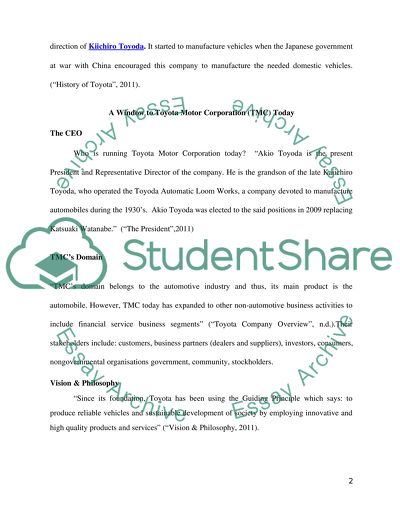Cite this document
(“Toyota Cars Recalls Research Paper Example | Topics and Well Written Essays - 2500 words”, n.d.)
Retrieved from https://studentshare.org/family-consumer-science/1409894-toyota-cars-recalls
Retrieved from https://studentshare.org/family-consumer-science/1409894-toyota-cars-recalls
(Toyota Cars Recalls Research Paper Example | Topics and Well Written Essays - 2500 Words)
https://studentshare.org/family-consumer-science/1409894-toyota-cars-recalls.
https://studentshare.org/family-consumer-science/1409894-toyota-cars-recalls.
“Toyota Cars Recalls Research Paper Example | Topics and Well Written Essays - 2500 Words”, n.d. https://studentshare.org/family-consumer-science/1409894-toyota-cars-recalls.


